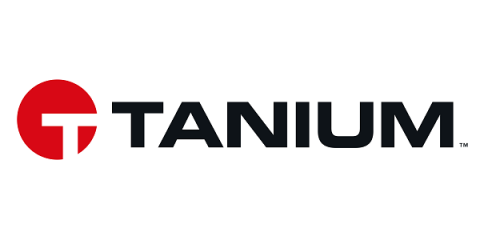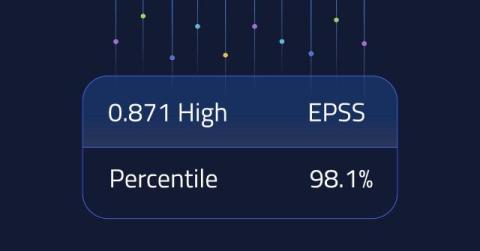"What's our number?": Responding To Your Exposure to CrowdStrike Outage Event
Is cyber risk insurable? That question is often at the heart of the debate about the future of the cyber insurance industry. One of the primary drivers of that question is the insurance industry’s challenges when managing systemic cyber risk since many believe that systemic cyber risk has the potential to bankrupt the industry. While there hasn’t been a catastrophic cyber incident that has proven the skeptics right, there have been several close calls.








